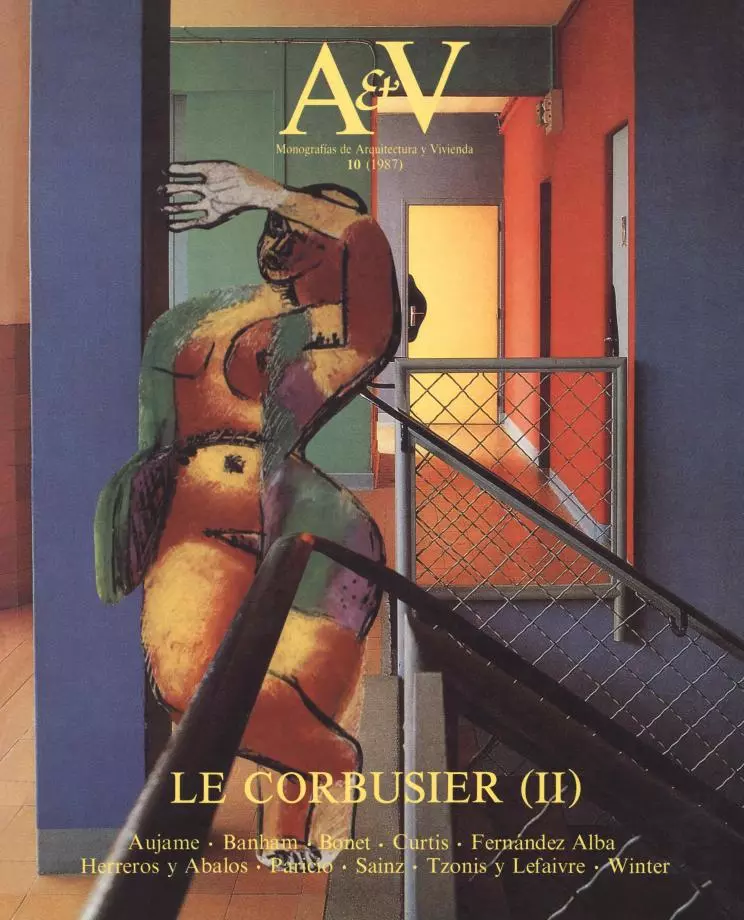Typology for the New Industrial City
The Arrival of Urban Planning

Le Corbusier’s contribution to city planning was so radical and innovative that one is still taken aback when evaluating his work, though shock is not the most appropriate attitude to take when considering his enlightened and messianic proposals. In the following article, William Curtis looks at Le Corbusier as a planner, from the enthusiasm of the Ville Contemporaine to his awards in Marseilles and his triumph before the members of the CIAMs on his Unité rooftop. Along the way, Le Corbusier produced the Voisin Plan for Paris, the Ville Radieuse and the Obus Plan for emergent Algiers.
It is impossible to understand architecture in the twentieth century without first coming to terms with Le Corbusier. His buildings can be found from Paris to La Plata to the Punjab, and his influence has extended over four generations world-wide, his projects for the city have become enmeshed with the hopes, disappointments and crises of industrialization. Individual masterpieces such as the Villa Savoye at Poissy, the Chapel of Notre Dame du Haut at Ronchamp, or the Parliament Building at Chandigarh, will bear comparison with the works of any age. As well as an architect, Le Corbusier was also a painter, sculptor, urbanist and author; even a philosopher who ruminated on the human condition in the modem age. Like Freud, Joyce or Picasso he helped to give shape to the thought and sensibility of an epoch by investing his insights and findings with a universal tone. Whether we like it or not, these discoveries have now become part of our tradition...[+]





